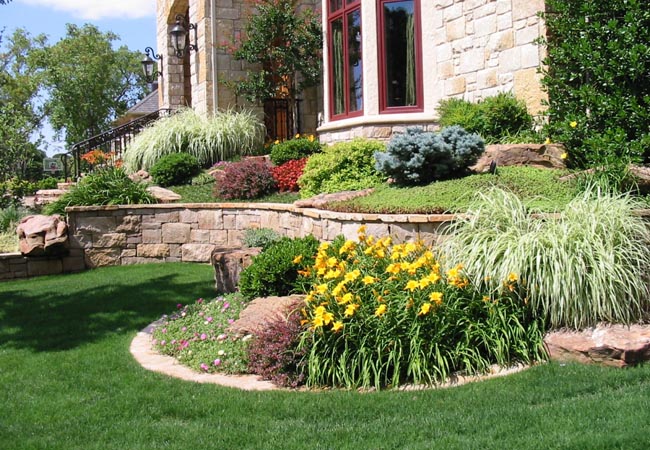Designing a scenery that not just enhances your house while also supports wildlife has become progressively important. As people look to their gardens for relaxation and pleasure, there's a increasing desire to design environments that invite birds and pollinators. Adding components that welcome these beings not only enhance the aesthetic of your property but also helps to the health of local environments.
In this piece, we will explore the practice of landscaping for wildlife, discussing how the appropriate design choices can integrate nature closer to home. Starting with picking native plants to designing water features, we will dive into useful tips and sustainable practices that help create a thriving habitat for birds and pollinators. Regardless of whether you're a veteran gardener or a beginner, you'll find valuable insights that transform your outdoor space into a sanctuary for wildlife, fostering a lively and biodiverse environment.
Advantages of Expert Landscaping
Putting money in expert landscaping can significantly enhance the aesthetic appeal of your property. A beautifully crafted landscape not just beautifies your outdoor space but also creates a inviting atmosphere for both the residents and visitors. Professional landscapers have the knowledge and expertise to select vegetation and design layouts that enhance the look of your home or business, ensuring a harmonious and attractive appearance.
An additional advantage of hiring a landscaping service is the functionality it brings to your outdoor space. Experts know how to create practical areas that fit your lifestyle needs, whether it’s a space for entertaining, relaxing, or planting. They also have the equipment and knowledge necessary to implement features such as watering systems, lighting, and pathways that enhance usability while maintaining the visual appeal of your yard.
In addition, expert landscaping can increase the value of your property. Homes and businesses with properly kept landscapes are often more attractive to potential buyers, and findings have shown that good landscaping can lead to greater appraisal values. This investment not only improves your immediate enjoyment of the space but also offers long-term financial benefits, making it a smart choice for property owners and commercial property owners alike.

Sustainable Landscaping Practices
Eco-friendly landscaping is about creating a garden that not only enhances aesthetics but also benefits the ecosystem. By using native plants, which are suited to the regional climate and soil traits, homeowners can create a vibrant ecosystem that requires less water and low maintenance. Indigenous plants provide essential habitats for local wildlife, including birds and bees, making your landscape a sanctuary for these creatures. This method reduces the requirement for chemical fertilizers and pesticides, promoting healthier soil and flora in your yard.
Incorporating water-efficient practices is an additional cornerstone of sustainable garden design. Techniques such as xeriscaping focus on designing landscapes that require low irrigation, helping conserve water. Creating rain gardens and permeable paving can efficiently manage stormwater runoff, preventing soil erosion and lowering the risk of flooding. By planning for efficient water use, homeowners not only help environmental sustainability but also reduce on water bills over the long run.
Moreover, embracing eco-friendly resources and maintenance methods supports a healthier planet. For instance, using organic fertilizers and natural pest control methods can boost plant health without introducing toxic chemicals into the environment. Composting https://postheaven.net/soycredit7/the-native-plants-in-garden-design and reduces the requirement for synthetic products. By prioritizing these eco-friendly methods, you can create a beautiful landscape that flourishes while favorably impacting regional ecosystems and creating a more sustainable future.
Inviting Animals to Your Garden
Establishing a wildlife-friendly garden starts with picking the appropriate plants that offer sustenance, homes, and nesting spots for different species. Opt for local plants that are compatible to your local environment and ground, as these will entice local birds of various kinds, pollinators, and moths more effectively than foreign species. Including a diverse range of blossoming plants will guarantee you have blooms throughout the year, supplying vital resources for pollinators during their active times.
Along with plant selection process, think about incorporating elements like houses for birds, boxes for bats, and bee hotels into your landscaping. These items offer secure spots for wildlife to live and can help boost species variety in your green space. Aquatic elements, such as water dishes or little ponds, not only improve the appearance of your outdoor area but also supply an vital resource for avian species and other animals, especially during drought.
Finally, minimizing toxic use and selecting natural gardening methods will create a better environment for helpful insects and wildlife. By embracing a holistic approach to garden care, you can help maintain the local environment while appreciating the lively life that thrives in your garden. Building a welcoming habitat for wildlife not only promotes wildlife diversity but also increases the overall pleasure and beauty of your outdoor area.
